
Are Nvidia's New RTX Cards Worth the Investment?
As Nvidia took to the stage just before gamescom 2018, hype trains had already left the station amongst the PC gaming market as the world got ready for the super-duper new graphics cards that the company was about to unveil. The 10xx series, based on the Pascal architecture, had already been available since 2016, with the 1080 Ti releasing slightly later in 2017.
During this time, AMD has not had a competitor to Nvidia’s top of the pile 1080 Ti. The Vega 56 and 64 GPUs had been slightly disappointing (if not as a result of over-hype), although did force Nvidia’s hand with the release of the 1070 Ti. What with all of AMD’s investment into the CPU side of their business, it’s not all that surprising that Nvidia is in the position it finds itself in now.
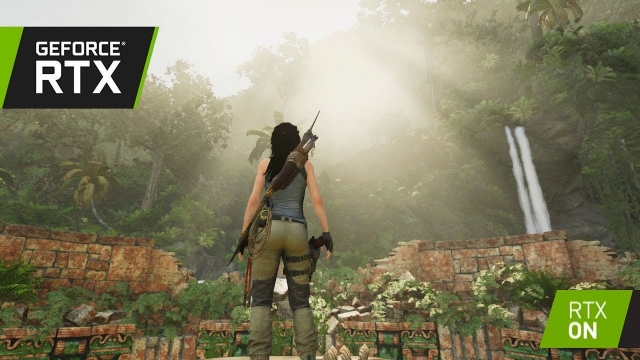
The two new headline features in Nvidia’s line up are DLSS and real time ray tracing. I won’t go into too much detail here on what each does; there are a plethora of other resources explaining what these are better than I can do. Put simply, ray tracing allows real time generation of light rays on your screen as an actual simulation. If you have seen the Battlefield V demo, you’ll see the massive difference as explosions are reflected in perfect fashion in cars, windows and puddles. Nvidia’s new RT cores in the 20xx series are to thank for this. DLSS, or Deep Learning Super Sampling, essentially renders each frame in 1440p and uses clever AI techniques to upscale to 4K (or beyond), giving you “around 40% more performance” (in terms of framerates).
As Digital Foundry reports, the results are impressive with DLSS. There is some noticeable quality loss when comparing native resolutions side-by-side with DLSS shots, but unless you’re running the same game on two different PCs next to each other, you’ll probably never notice.
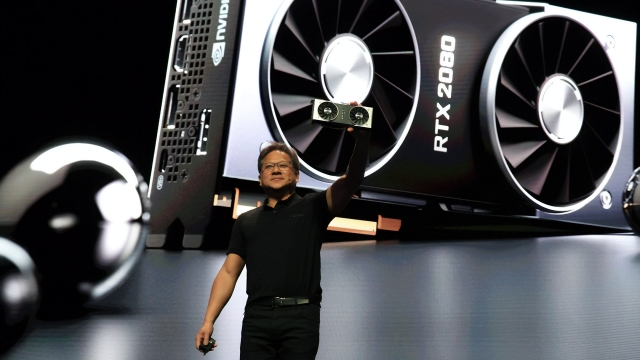
Of course, as well as these new technologies we have increased performance in traditionally rendered games. And this is the key element to the question: Are these cards worth the value? Let’s take a look.
Three new cards were revealed by Nvidia – the RTX 2070, 2080 and the 2080 Ti. This is a slight departure from the past, where the xx80 Ti variant would usually come around a year after the previous cards. The 2070 doesn’t have any performance details around yet, so I’ll be focusing on the 2080 and 2080 Ti.
The 2080 launches at around the 1080 Ti level. If we look at Digital Foundry’s benchmarks, the two cards perform very similarly. Far Cry 5 sees an average FPS of 65 on the 1080 Ti, and 67 on the 2080. Battlefield 1 gets 81 on the 1080 Ti, 90 on the 2080. On others, the 1080 Ti has a slight advantage. These are all rendered at 4K on highest graphical settings. So we are not relying on a single source, let’s take a look at TechSpot’s benchmarks – once again, a similar story emerges. If you upgraded from a 1080 Ti to a 2080, the difference you would notice in traditionally rendered games would be hardly noticeable.
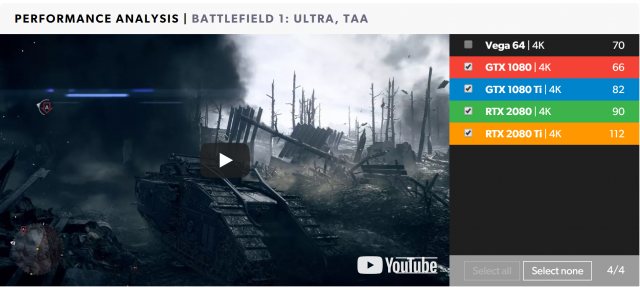
Average FPS courtesy of Digital Foundry/Eurogamer
When we take the 2080 Ti, we can see a larger gap. On average across multiple reviewers, we’re looking at around a 20-25% performance increase between Nvidia’s range topping card and the 2080 / 1080 Ti. Once again, I must stress that this is only in traditionally rendered games.
Okay, so we can see the performance and where each card slots into the line up. Let’s take a look at the performance on ray tracing enabled games…err…hmm…
And that’s where we stop. At the time of writing this article, there are currently zero available RTX enabled titles. Sure, there’s a Final Fantasy 15 demo that does have DLSS enabled – performance is higher with the new RTX cards compared to the old GTX ones, as we should expect. I can’t say that this is going to be indicative of any future games, though, because surely Nvidia’s AI tech will have learnt how to get the absolute most out of this closed area demo.

Then we have to consider the price points of these cards. The 2070 enters at £569, 2080 at £749 and the 2080 Ti at £1,099. It’s important to consider that these are the Nvidia Founders Edition cards, with the models from other manufacturers varying in price. That means that at RRP, the 2080 costs around 11% more than the 1080 Ti (RRP £669 like-for-like). The 2080 Ti compared to the 1080 Ti is a whopping 48% more expensive, and as mentioned previously, for only a 20-25% performance increase.
This wouldn’t be an issue if we actually had games available to take advantage of the new tech. Unfortunately, we don’t. This price point for the 1080 Ti is even quite high – I can see AORUS cards going for £619 brand new, never mind second hand, making it an even worse proposition.
To add more fuel to this fire, we don’t even know what performance hit RTX enabled games are going to require. The demos shown at gamescom don’t inspire confidence, most of them struggling to hit 60fps unless you stare directly at the wall. Shadow of the Tomb Raider was showcased, but it has already released with no implementation available – instead, we are waiting for a patch. EA and DICE have not confirmed whether Battlefield V will be RTX enabled at launch, and given the amount of issues in the list after the open beta, I wouldn’t be placing any bets on it being included.
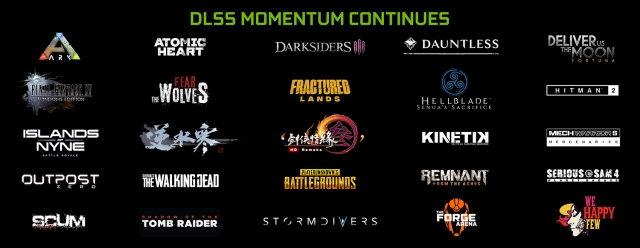
“I want to future proof!” “I want to be on the bleeding edge!”
Yes, that’s all well and good. But the problem is there is no “bleeding edge” to stand on. You’re purchasing a product based on very limited information. The 2080 in particular has had hints that it may not be able to cope with real time ray tracing at 1440p, so which PC gamers that are investing over £700 on a graphics card alone are not going to have at least a 1440p monitor to enjoy it with? If you decide to turn off real time ray tracing, it makes that purchase pointless.
This may all be conjecture but this is what Nvidia are encouraging. We have to make a significant purchasing decision based on what others think may or may not be the case, and that’s always a dangerous line to cross. For those who already have a 1080 Ti, like myself, I see absolutely no reason to upgrade to any of these new cards. If they were more competitively priced, then they may be more inviting. However, therein lies the problem – they aren’t competitively priced because there is no competition. Instead, we have the 2080 competing directly with the 1080 Ti.
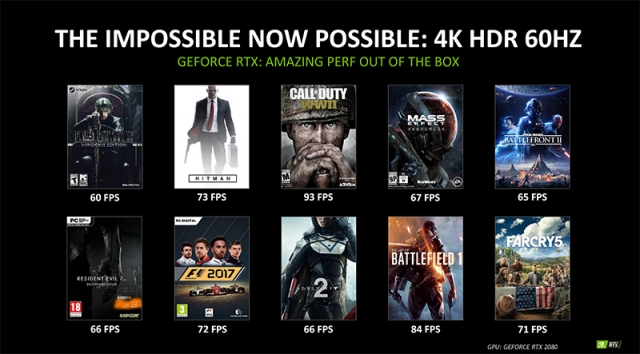
We have seen this situation before with Intel – for years, AMD’s CPUs did not keep up at the high end. Contrarily, Intel didn’t price their CPUs so ridiculously high. Perhaps they were slightly overpriced, especially now we have Ryzen to compare them against. Instead, Intel increased performance very slowly, meaning that an i7-2600 was not far away from an i7-7700, even though they are six years apart.
At this point, if you are desperate for a new graphics card and you’re looking at the high end, it would make more sense to go for a 1080 Ti and find a good deal. There are far too many unknowns in the RTX line up to make an informed purchasing decision.
We just need AMD to reveal their new Navi architecture.
And soon.









COMMENTS
Platinum - 09:43am, 27th September 2018
Decent write up :), it will be interested to see the performance in games when released, the demos Nvidia showed were running 1080p and barly hitting 60FPS.
The Metro one for exanple there was a noticable FPS hit when RTX was enabled.
Still its first gen tech, its one of the biggest tech changes in the GPU space in years, maybe ever?
I think Nvidia is absolutly doing the right thing here but in the wrong way perhaps, maybe they should have waited for 7nm so they could pack in more Tensor and RT cores for better performance, and by that time have games support out at launch.
Very very cool tech though, Not much reason for anyone on 10xx series to upgrade but if you are on older cards these will make a very nice upgrade.
Ill hold onto my Titan Xp for now and look forward to the 7nm cards.
GarySheppard - 09:46am, 27th September 2018
I was thinking the same thing after the demo. We've reached that awkward point with GPUs where there's not much more that we can do with existing techniques that will have a massive impact so we need to introduce new ones. But that can't be done with existing hardware so that needs to launch without anything to take advantage of it and we've got a chicken and egg scenario.
Still, it might be a good time to upgrade to a 1080Ti soon!
Mister Woot - 06:00pm, 28th September 2018
Tbh, with the differential between price increase and performance increase I don't see the need for a 20xx any time soon. Especially with there being bugger all that supports it any time soon. A promise of "support in a coming patch" means nothing when you're handing over 1100 quid for a card that's not noticeably faster on anything other than its flagship feature.
It's like buying a new Ferrari on the promise of a 200+mph V12 supercar and finding out it's only got a V6 and the other 6 cylinders will be provided in a future service.